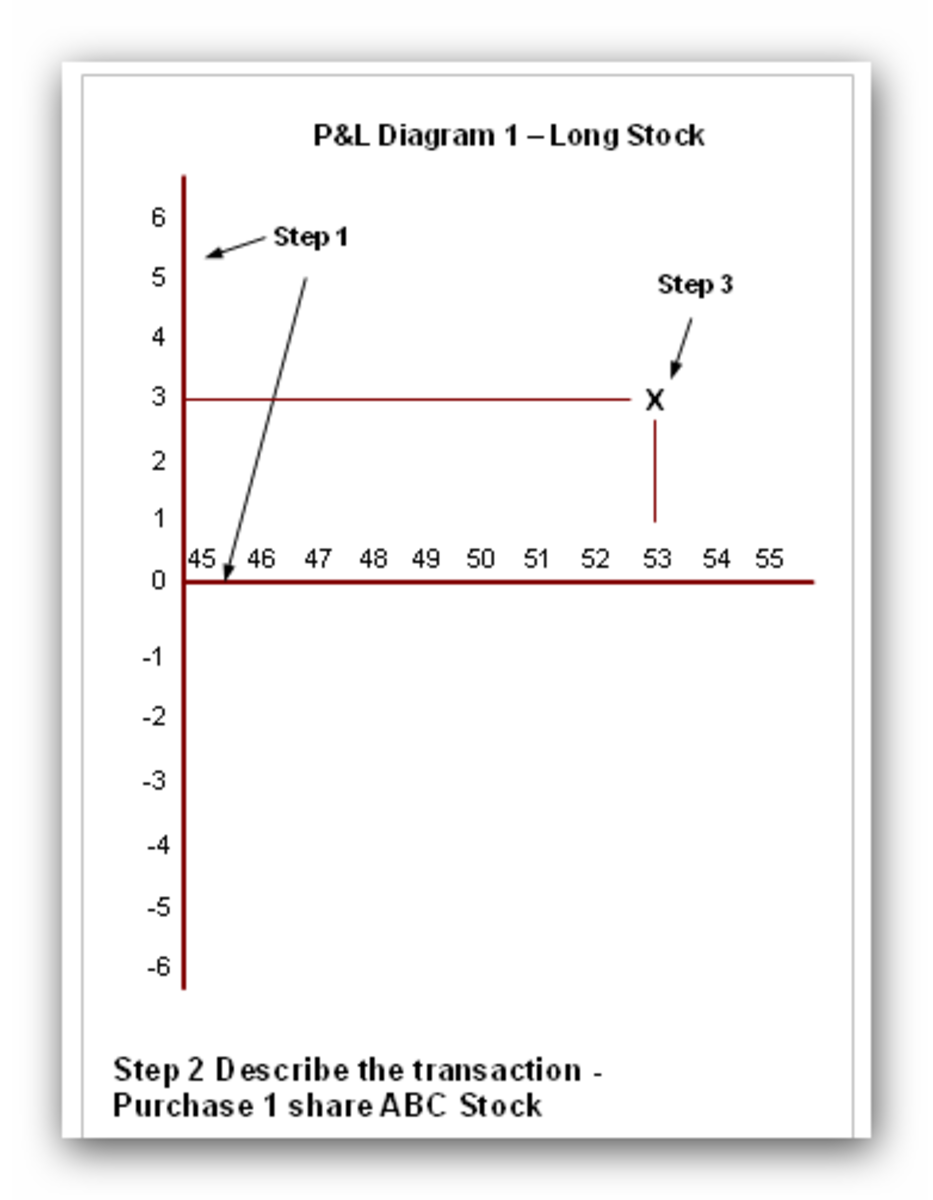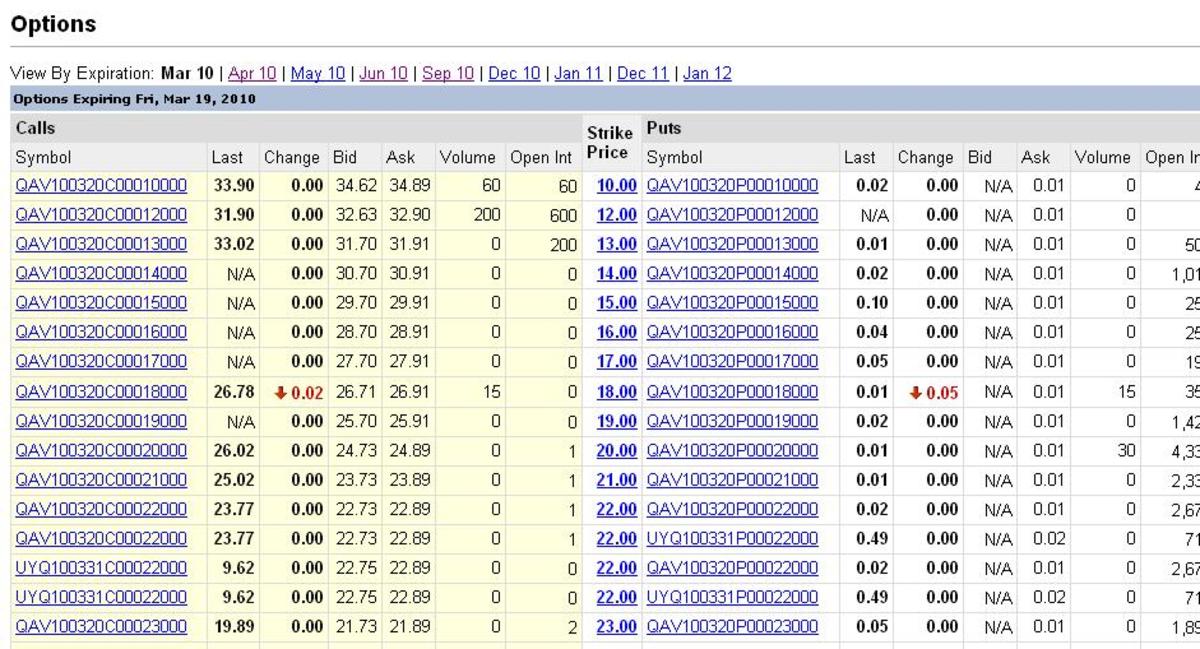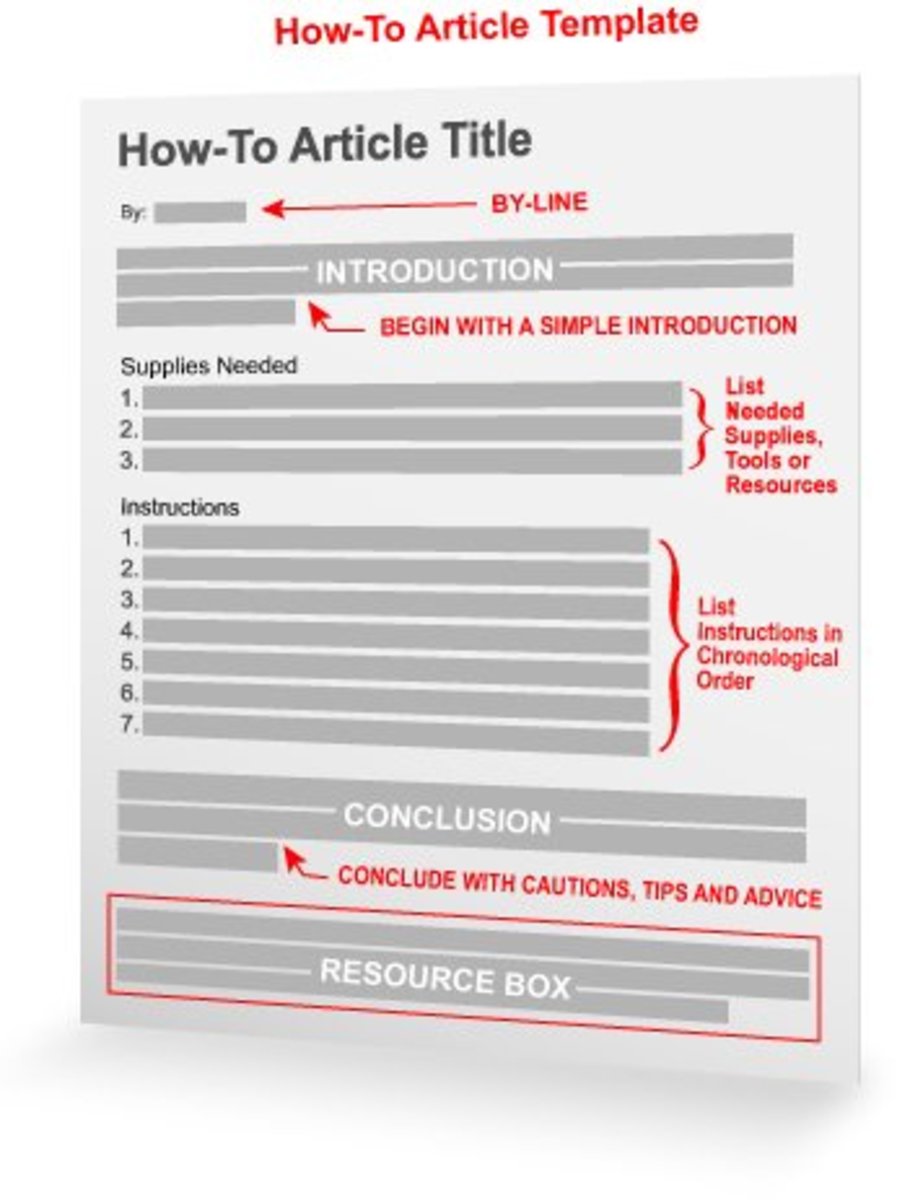How Options Can Lower Your Risk
How Optoins Reduce Your Risk

Introduction
The financial crisis has made it much more difficult to make money in the stock
market. The risks have increased dramatically. But this article will show you
how options can lower your risk. But you have heard from a friend of a friend
that their Aunt Sally has lost all of her money with options. So it seems silly
to say how options can lower your risk when you heard about the plight of Aunt
Sally. So which is right?
Both Are Correct
In truth they are both correct situations. If you are not familiar with options
and you simply dabble in them to see what will happen, chances are good that you
will lose the money you have invested. But learn the correct ways to apply
options and you will see how options can lower your risk.
Options Survey
Do You Believe Options Can Be Used to Reduce Your Risk?
What are Options?
So what is an option? Describing what options are is involved and would take a whole other article to do so. That is exactly what I did with "What Are Financial Options?". If you are not familiar with the concept of options this Hubpage will not make much sense without reading that introductory piece.
Options Trading on Amazon
How Do Options Lower Risk?
So getting back to how options can lower your risk. For this first example, I am
going to use call options as my examples for the purpose of this page as they
are usually easier for people to grasp and I won't have to go back and forth
about the differences between a call and a put. Essentially, put options have
an almost opposite effect than a call option with respect to how they react to
the stock price.
Options Are Leverage
Options are a levered product. That means you pay a small premium to control a
large movement in the stock price. So the idea is that you pay a very small
price to participate in the upside of a stock price movement. Let us use a real
world example. At the time of this writing, Apple stock was around $584. What
if I told you that you could buy Apple stock for $33.50 per share? Would you be
interested? You are not really going to get ownership of the stock for $33 but
you can participate in the same movement that Apple stock owners do. You do
this by buying a call option on Apple three months out. At the time of this
writing a 580 call could be yours for $33.50.
Risk Management in Options Trading
Is It a Fair Price?
Whether or not the call option is a fair price at $33.50 is a topic way beyond
the scope of this article. But the leverage is there for you to take advantage
of. You will also need to be aware that the stock must move in the right
direction, i.e., up, in order for your position to profit.
How Exactly Did We Reduce Risk?
Why did this example show how options can lower your risk? Had you bought the
stock outright, you would be risking $584 per share rather than $33.50. You
have much less on the line with the options than with the stock. But, and this
is huge, your option is going to expire in three months. If the stock stays
stagnant within that three month period you lose the entire $33.50 per share.
That is a crucial concept that many do not take into account. What many options
traders will do is to monitor the position after a few weeks and if they see
that it is not moving in the desired direction they will close out the option
and take a much smaller loss than had they held it to expiration. This is an
example of proper risk management.
Options Opinion Poll
Do You Use Options for Speculation or For Reduction of Risk?
Hey! What About Put Options?
Another way options can be used is with put options. If you recall a put option gives the holder the right to sell (put) shares of an underlying stock in the hands of the holder. This concept is usually a bit more difficult for beginners to grasp as it entails selling something that seemingly you don't own. But remember that a put owner profits in the drop of a stock. So the can buy the stock in the market for lower that the strike price that they contracted on. The profit is the difference.
How to Invest in Options
Portfolio Protection
Let's suppose someone wanted to protect a part of their portfolio against a general market drop. They could buy a put on a stock that represents a particular segment of the market. There are many ways to do this but one popular way is to buy puts on an Exchange Traded Fund (ETF) that represents a market segment. Not all ETFs are optionable. But one that does is for the S&P 500 which has the symbol SPY, a.k.a. the spider. At the time of this writing SPY was trading at around $136. You could buy a put option with a 140 strike three months out for around $7. Now again, this article is not about whether that $7 is overpriced, under priced or fairly priced. It is simply to show you that leverage helps you protect your portfolio (it can work for protecting a position on a stock you are holding as well). You only pay $6 (x 100 as each contract is for 100 shares). The put is a hedge against the market dropping. You are participating (at least partially) on the downside that the market makes.
Puts Expire Just as Calls Do
As with the call, you have three months for the market to drop in order to cash out of this contract. But people who hedge their portfolios are not hoping for a drop in the market. They just use the puts for protection in the event that it does.
And Lastly, A WARNING!
Hopefully this article has helped show you how options can reduce your risk. It should be noted that this is no way a recommendation to begin trading options. Used incorrectly and they can actually increase your risk and they are definately not suitable for everyone. You must learn about options extensively and it is advisable to paper trade any kind of strategies before implementing them. I cannot stress this enough!







